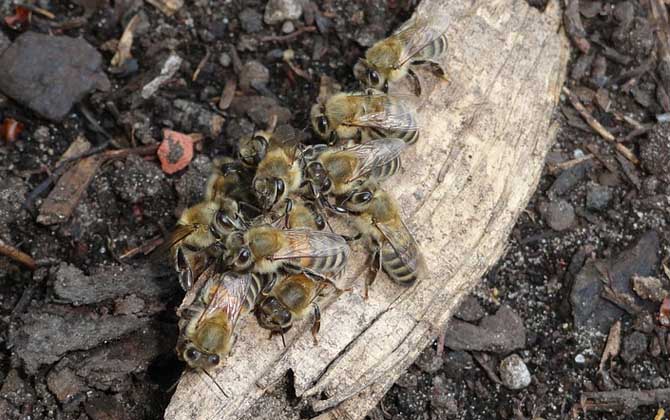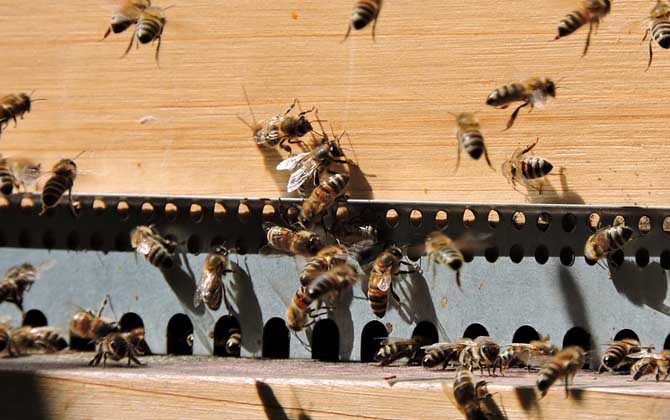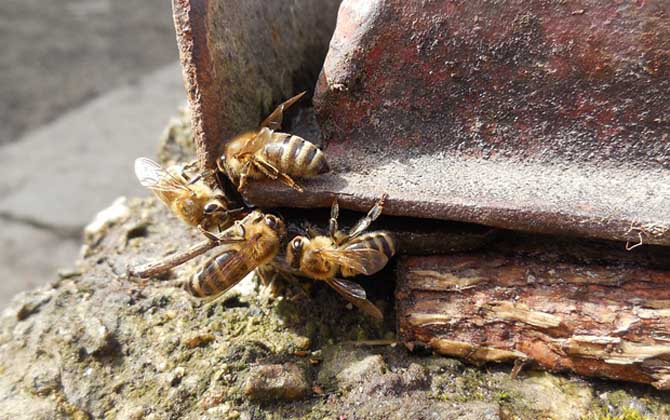Why Beekeeping is a Challenging Business
Beekeeping is often perceived as a “sweet” and idyllic profession, with many believing that simply managing a few hives can generate substantial income. However, the reality is far more complex. Most beekeepers struggle to break even, let alone make profits. Let’s explore the key challenges that make commercial beekeeping financially demanding.

1. Low Honey Yield Per Colony
Honey production remains the primary revenue source for beekeepers, yet output varies dramatically between species and management practices:
- Chinese honeybees (Apis cerana) in stationary apiaries produce only 5-10 kg annually per colony
- Exceptional colonies may yield up to 10 kg, but rarely exceed this threshold
- Apiary size limitations: Maximum 50 colonies per site to prevent nectar resource depletion
Comparative data shows European honeybees (Apis mellifera) can produce 20-30 kg annually under optimal conditions, but require migratory beekeeping practices.

2. Unpredictable Income Streams
Multiple factors contribute to significant annual income fluctuations:
| Factor | Impact |
|---|---|
| Climate Variability | 40-60% yield variation between years |
| Nectar Flow Patterns | Biennial bearing in major nectar plants |
| Weather During Foraging | Rainy spells during peak flow reduce yields by up to 70% |
Recent climate changes have exacerbated these challenges, with increasing frequency of extreme weather events.

3. Adulterated Honey Market Crisis
The global honey market faces severe authenticity issues:
- Fake honey production costs: $1-2/kg vs real honey’s $4-8/kg
- Adulteration methods: Rice syrup blending, chemical additives, artificial flavoring
- Market penetration: 30-40% of commercial “honey” products are adulterated (FDA estimates)
This malpractice erodes consumer trust, with 65% of buyers expressing skepticism about honey authenticity in recent surveys.

4. Technical Complexity and Risks
Successful beekeeping requires specialized knowledge and risk management:
- Seasonal Management: Critical timing for spring colony expansion varies by region
- Disease Control: American Foulbrood (AFB) and Varroa mites can wipe out entire apiaries
- Colony Collapse Disorder: 30-50% annual colony losses in some regions
- Skill Development: Minimum 3-5 years needed to master advanced techniques
Conclusion: The Economic Reality of Beekeeping
Profitability hinges on two critical factors:
- Production Efficiency: Influenced by nectar availability (40%), weather conditions (30%), and technical expertise (30%)
- Market Challenges: 60% price suppression from adulterated products combined with rising production costs
While boutique beekeeping operations (<50 hives) can achieve 15-20% profit margins through direct sales, commercial-scale operations face intense market pressures with typical margins of 5-8%. Successful operations increasingly rely on value-added products (beeswax, propolis, pollination services) to diversify income streams.